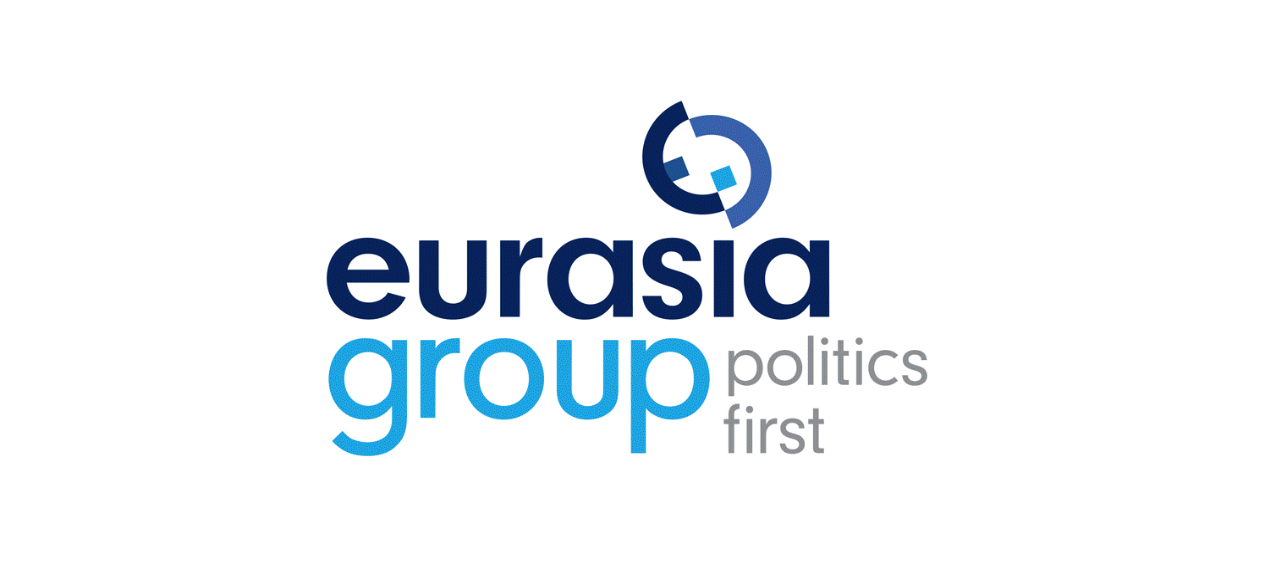
Toward a better brief
October 25, 2012
Over the years, I’ve worked with many different types of briefs. Some long and complex, some short and simple and one considered so proprietary that we had to sign an NDA just to see it.
Along the way, I’ve never found one that really did the trick. Most led constructively to good communications, but few led to any real business driving impact.
I’ve been on the hunt for a framework that could help me to simply and effectively capture the essence of a demand driving strategy so that both my client and their agency partners could come away with the clarity needed to produce and implement great work. Last week, while collaborating with one of my favorite clients and their very talented agency, we lit on a brief that may actually be up to the challenge.
Together, we were wrestling with how to help one of our client’s lagging business units build the awareness and engagement needed to fuel new growth. Discussions with unit leaders had bogged down in functional attributes and frustration stemming from a lack of any meaningful momentum. To shift the discussion and get us back on track, we built a simple one pager that captured our views as to the real opportunities for distinction and demand management. We asked and answered the following key questions:
What is the best way to drive new growth in our business? We started with a question that most briefs fail to ask – where will growth come from? We looked hard at whether our challenge was stimulating demand by securitizing and growing existing relationships, generating new interests with new prospects or markets, justifying and sustaining a premium price or some combination of the three.
What is the psychology of our target market? Once we zeroed in on the demand management task at hand, we examined the needs and wants of the targets for our growth strategy. We were careful to understand the wants, or cravings, that could spike immediate term engagement. We also examined the needs that establish the underlying expectations in the market and could, if satisfied, provide the basis for sustained engagement.
What is the fit between market psychology and our skills? We then carefully assessed our client’s skills relative to the market psychology in order to highlight areas where they were capable of delivering highly relevant, distinctive value. We were also careful to assess the areas where we were relatively weak and therefore vulnerable to competitive positioning.
What is our value proposition for these targets? Our assessment of fit provided the basis for framing our initial value proposition and contributed to building a messaging matrix where we defined an array of benefits and support intended to drive engagement with those targets who will best fulfill our growth agenda.
What must we do to ensure the delivery of this value? This last critical step involved examining the current customer experience delivered to our priority targets to determine the frustration points that must be minimized in order to eliminate friction, as well as the hero moments we could leverage to further reinforce and distinguish our unique value.
This one pager got everyone unstuck and helped to focus the team collectively on charting a path toward marketplace distinction. It also helped to engage the business unit leaders who held that brand was not critical to the fulfillment of their business objectives. In short, it did the trick for the moment and helped get everyone focused on future potential.
I think this model has some promise for my work in the near future. I’ll hone it with new learning and work with it until I find something even better. But for now, I think it’s promising enough to share. Let me know what you think.
Posted under: Branding Strategy, Demand Driving Strategy, Success Driving Briefs

Introducing Catalyst Branding
October 19, 2012
I believe that expertise must be regularly refreshed. True experts must expand their POV based upon what they learn from their work. Assumptions need to be challenged, the impact of prior strategies must be weighed and data sets should be updated.
This is especially true in the field of branding. There’s so much new to learn and so much we can do better to help our clients be more successful.
I learn most everyday from the work I do with clients, the research I do and the material I watch and read. Learning is what keeps me from being old. While my body betrays this fact, my mind is still as young as it was in graduate school, when everyday was full of new insight.
This year I celebrated my 30th year in the business by launching a new company with my wife and some good friends. After 20+ years serving as one of the leaders of Interbrand, I formed Catalyst Branding to do what I love the most – to create and hone new and better ways to serve the needs of clients, who in-turn become good friends.
I’ve been having a ball working with a handful of great clients who enjoy the benefit of our pragmatic approach. Along the way, we’ve learned a lot together, explored new ideas and implemented some very interesting solutions.
In the process, I keep learning and in several cases this learning has challenged some of the conventions I’ve grown up holding fundamental in much of the work I’ve done.
For the last several years my good friends have encouraged me to start this blog to share my observations. After months and months of resisting their advice, I’ve finally screwed up the courage to start. My intention is in the weeks to come, to share what I’ve learned in the course of each week. It will be there on record for you to use or ignore, validate or refute.
I’ll have fun. I hope you enjoy. Let me know what you want more of and what you want less of. I’ll try to accommodate your requests. In the meantime, thanks for paying attention.
Posted under: Branding Strategy, Demand Driving Strategy, General







